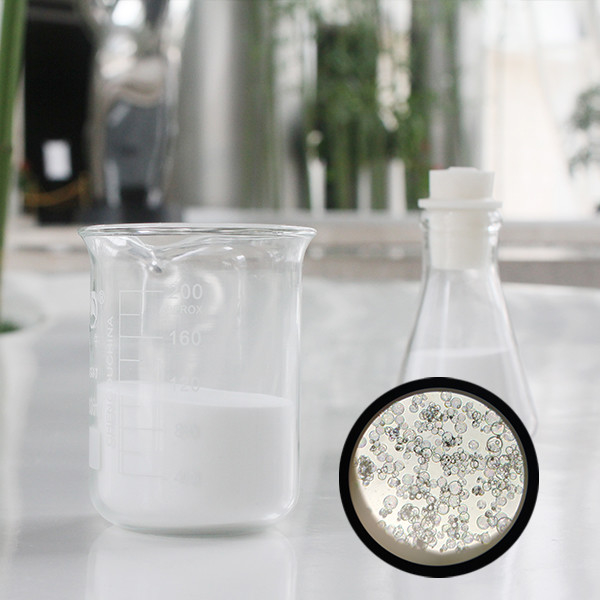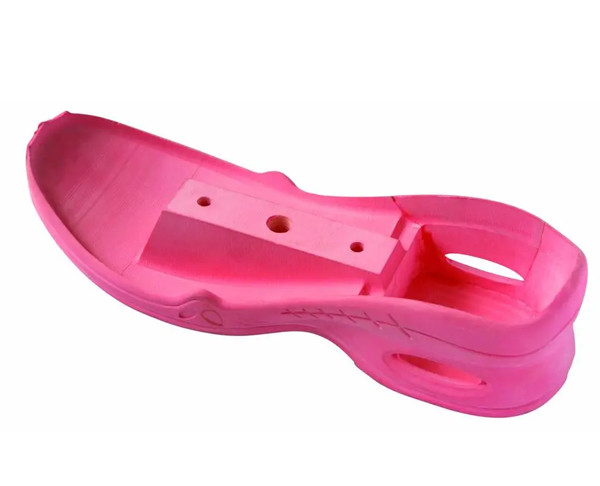HN20 Glass Microspheres - Polyurethane Molding Glass Microballoons
Product Specifications
| Attribute |
Value |
| Product name |
HN20 glass microspheres |
| Application |
Construction |
| Diameter |
30-105 µm |
| Density |
0.15-1.0 g/cm³ |
| Compressive Strength |
500 psi |
| Chemical Composition |
SiO2, Na2O, CaO, MgO, Al2O3 |
| Color |
White or transparent |
| True Density |
0.18-0.22 |
| Bulk Density |
0.10-0.12 |
| Dielectric Constant |
1.2-2.2(100MHZ) |
| Thermal Conductivity |
0.07 |
Product Description
Inorganic Thermal Insulation Materials, Hollow Glass Bubble, HN20, Polyurethane Materials
Hollow Glass Bubble Description
Hollow glass bubble polyurethane materials (HGBPUs) are composite materials combining hollow glass bubbles with polyurethane resin. These small, lightweight hollow glass spheres serve as filler materials in coatings, adhesives, and composites.
When combined with polyurethane resin, they create lightweight materials with excellent insulation properties, ideal for building and construction applications including insulation panels, roofing, and wall systems.

Key Features
- High strength-to-weight ratio: Lightweight hollow glass bubbles provide exceptional strength relative to weight
- Excellent insulation properties: Ideal for energy-efficient building applications
- Moisture and chemical resistance: Suitable for outdoor applications with exposure to elements
Technical Specifications
| Model |
True Density (g/cm³) |
Bulk Density (g/cm³) |
Compressive Strength (psi) |
Diameter (µm) |
D10 |
D50 |
D90 |
| HN20 |
0.18-0.22 |
0.10-0.12 |
500 |
25 |
70 |
105 |
Product Advantages
Reduce Production Cost, Easy Molding, Polish, Reduce Shrinkage
Why Choose Us?
- Specialized in manufacturing Hollow Glass Bubbles for over 20 years
- Rank among the largest HGB manufacturers globally
- Guaranteed product quality with verifiable density, radius, and compressive strength
- Consistent product performance and reliability
Frequently Asked Questions
Can you tell me more about package details of Hainuo HGBs?
We offer carton and ton bag packaging options with dimensions varying by model and density. Customers can specify preferred packaging by contacting our team in advance.
For specialized application requirements, we provide customized packaging solutions through direct consultation with our team.
What is Hainuo Technology's history and achievements in HGBs?
Founded in 2011 with research backing from government institutions, Hainuo Technology achieved rapid technological breakthroughs to become a globally competitive manufacturer.
We've earned national recognition including "High-Tech Enterprises" and "Outstanding Enterprise in Shanxi province," with products used in major national projects by CNPC and CNOOC.
What precautions should be taken when unpackaging HGBs?
Unpackage in ventilated areas, gently remove packaging bands, and control lifting/down movements to minimize dust emission.
For dust-sensitive individuals, we recommend safety glasses and gloves during handling.
What are the advantages of hollow glass bubbles?
They enhance thermal insulation, fluidity, stiffness, strength endurance, and chemical resistance while serving as lightweight fillers.
What are common applications of hollow glass bubbles?
Widely used in aerospace, rubber, plastic, marine, and construction industries as performance-enhancing lightweight fillers.
What is Hainuo HGBs' density and size range?
Density ranges from 0.11-0.606 g/cm³ with sizes from 10-115µm, varying by application requirements.
Are Hollow Glass Bubbles environmentally friendly?
Yes, made from natural sand, they're recyclable and environmentally safe throughout production and use.
Can Hollow Glass Bubbles be used in 3D Printing?
Yes, they reduce weight and improve strength in 3D printing materials while enhancing printability and reducing warping.
Can Hollow Glass Bubbles be used in Concrete?
Yes, they serve as lightweight aggregates that improve thermal insulation, fire resistance, workability, and concrete durability.
What is Hainuo's annual production capacity?
Current capacity is 15,000 tonnes annually, expanding to over 35,000 tonnes by 2026 with new production lines.
How should Hollow Glass Bubbles be stored?
Store in dry, cool, dark areas away from moisture and direct sunlight, with packages tightly sealed to prevent particle emission.

 Your message must be between 20-3,000 characters!
Your message must be between 20-3,000 characters! Please check your E-mail!
Please check your E-mail!  Your message must be between 20-3,000 characters!
Your message must be between 20-3,000 characters! Please check your E-mail!
Please check your E-mail! 


